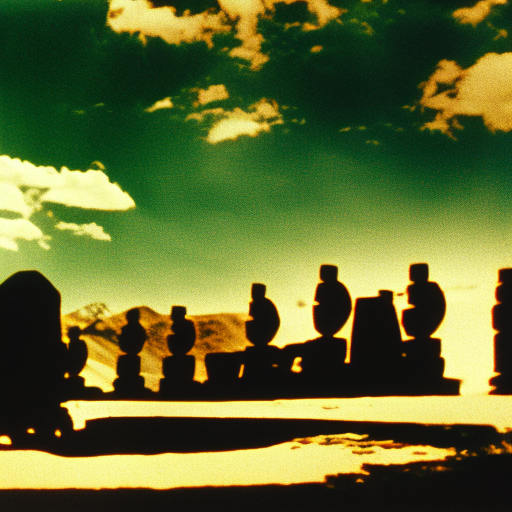Incan Empire: A Powerful Pre-Columbian Civilization
The Incan Empire, also known as the Inka Empire, was the largest pre-Columbian civilization in the Americas. Spanning from the early 13th century to the mid-16th century, the Incan Empire was located in the Andean region of South America, primarily in present-day Peru. The empire was characterized by its highly organized political structure, advanced agricultural practices, impressive engineering feats, and rich cultural traditions.
Origins and Expansion
The Incan Empire originated in the highlands of Peru, near the city of Cusco. According to Incan mythology, the first Inca ruler, Manco Capac, was sent by the sun god Inti to establish a civilization in the fertile valley of Cusco. Under the leadership of subsequent rulers, the empire expanded rapidly, conquering neighboring territories and incorporating them into their empire through military force or diplomatic alliances.
Political Structure
The Incan Empire was a highly centralized state, with the ruler, known as the Sapa Inca, holding absolute power. The Sapa Inca was believed to be the son of the sun god and was considered divine. The empire was divided into four quarters, each governed by a governor appointed by the Sapa Inca. The empire was further divided into provinces, which were administered by local officials.
Infrastructure and Engineering
The Incas were renowned for their impressive engineering skills. They built an extensive network of roads, known as the Inca Road System, which stretched over 14,000 miles and connected the different regions of the empire. These roads facilitated communication, trade, and the movement of troops. The most famous of these roads is the Inca Trail, which leads to the ancient city of Machu Picchu.
In addition to roads, the Incas constructed impressive buildings and structures. The most iconic of these is Machu Picchu, a citadel located high in the Andes Mountains. Machu Picchu served as a royal retreat and religious center. Its construction showcases the Incas’ mastery of stone masonry and their ability to build in harmony with the natural landscape.
Agriculture and Economy
The Incas developed advanced agricultural techniques to sustain their growing population. They built terraces on the steep slopes of the Andes to create flat areas for farming. These terraces prevented soil erosion and allowed for the cultivation of crops such as maize, potatoes, and quinoa. The Incas also built irrigation systems to provide water to their crops.
The economy of the Incan Empire was primarily based on agriculture, but they also engaged in trade and had a system of taxation. The Incas used a labor system known as mit’a, where individuals were required to work for the state for a certain period of time. This labor was used for public works projects, such as the construction of roads and buildings.
Religion and Culture
Religion played a central role in Incan society. The Incas worshipped a pantheon of gods, with the sun god Inti being the most important deity. The Sapa Inca was considered the intermediary between the gods and the people. The Incas also practiced ancestor worship and mummified their dead.
The Incas had a rich cultural tradition, which included art, music, and dance. They were skilled weavers and produced intricate textiles using techniques such as backstrap weaving. The Incas also had a system of record-keeping known as quipu, which used knotted strings to represent numbers and information.
Spanish Conquest and Decline
The Incan Empire came to an abrupt end with the arrival of the Spanish conquistadors led by Francisco Pizarro in 1532. The Spanish took advantage of internal divisions within the empire and captured the Sapa Inca Atahualpa. Despite paying a large ransom, Atahualpa was executed by the Spanish. The Spanish then proceeded to conquer the remaining Incan territories, bringing an end to the Incan Empire.
In conclusion, the Incan Empire was a powerful and sophisticated civilization that left a lasting impact on the history of South America. Their advanced political structure, engineering feats, agricultural practices, and cultural traditions make them a fascinating subject of study. Despite their eventual downfall, the legacy of the Incas continues to be celebrated and admired today.












